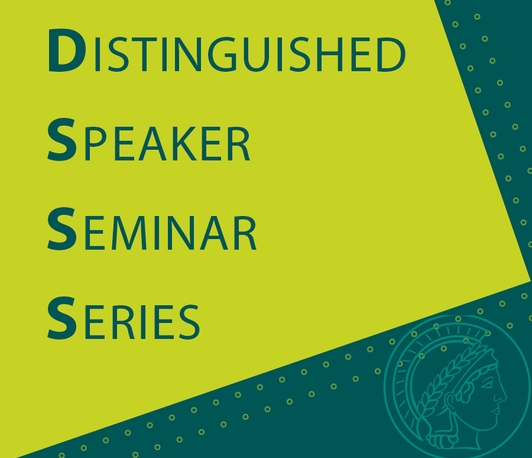DSSS - Uncovering Virulence Landscapes and Host Immunodiversity using Effector Pangenomes
- Datum: 23.10.2023
- Uhrzeit: 15:00 - 16:00
- Vortragender: Prof. David S. Guttman
- Department of Cell & Systems Biology University of Toronto
- Ort: MPI für Biologie, Max-Planck-Ring 5, room 0A01

All species harbor vast pools of genetic diversity shaped by their ecological interactions and evolutionary histories. This diversity provides insight into fundamental co-evolutionary processes and mechanisms in the context of host-pathogen interactions. Here we show how a systematic study of global type III effector diversity from the bacteria Pseudomonas syringae can shed light on the disease potential of this pathogen and the immunodiversity of its hosts.
We created the P. syringae Type III Effector Compendium (PsyTEC) to reduce P. syringae’s pangenome effector diversity (>5000 unique effector proteins among 70 families) to 529 representative alleles. Our initial screen on one A. thaliana ecotype identified 59 alleles from 19 effector families that elicited effector-triggered immunity (ETI). Orthologs of these alleles are found among 96.8% of P. syringae strains, meaning that nearly every strain has the potential to elicit ETI. We are now assessing how P. syringae may use effector-effector interactions to suppress this potential ETI-load. Since our initial PsyTEC screen, we have expanded our analysis to ~200 A. thaliana ecotypes and a range of domesticated and wild plant species to identify remarkable levels of both diversity and conservation depending on the system and scale.
We have used the PsyTEC library
to study how effectors function as public goods to enable the emergence of
collective, population-level virulence, even among strains that are otherwise
unfit on the host. We have also used the system to identify “effector quora”,
which are the minimal set effectors needed for P. syringae to achieve
full virulence in a host. These studies have found that a quorum can be as
small as six effectors, and that an individual strain can encode multiple,
independent quora that individually confer high virulence (i.e., a strain may
carry multiple paths to virulence). Finally, we are swapping effectors among quora
to identify the underly adaptive landscape of effector trigger susceptibility
as well as functional redundancy among effectors. These studies provide novel
insights into the host-pathogen arms race and new ways to protect plant health.